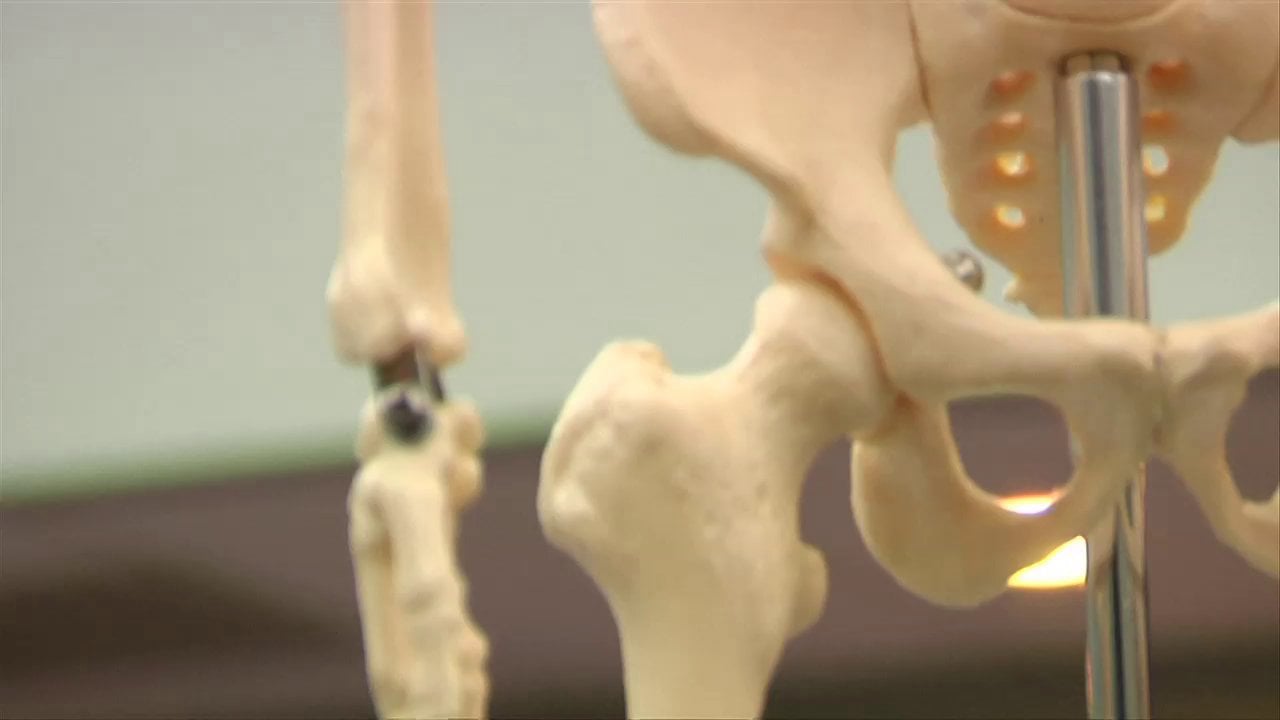
Project leader and Australian National University Ph.D. candidate Clare McFadden said in an article on ScienceDaily.com, “in forensics it could have serious consequences. It could send investigators down completely the wrong path. It could potentially slow things down by excluding individuals who otherwise would be candidates for the investigation.”
There are also heavy implications for those involved in forensic archaeology.
Not tibia party-pooper, but this isn’t humerus
The practice of using parturition scars as an indicator of childbirth is common, especially here in the United States. Since it was first proposed in the 1910's, many law enforcement officers used this procedure to assess whether the body they found was first, female, and second, if she had been pregnant at one point in her life. However, McFadden studied several conflicting studies on the efficacy of using this technique to determine childbirth. She found that scarring around the area is not a reliable indicator of such a condition.
“We found childbirth has a very weak association with these markers, but they strongly correlate with sex,” she wrote in the same Science Daily article. “A lot of the older studies only looked at females, but there's men with these scars, so there has to be something else going on. We think they might have something to do with going through puberty, a bit like stretch marks on the pelvis.”
Since women go through more “significant growth” than men during puberty, scars on their pelvic bones may be more common as a result.
This is a plausible assumption but does not address the potential consequences of such an invalidation. The conceivable effects to the legal system as well as how forensic professionals conduct their procedures are monumental. Still, McFadden and her team believe their work will better “assist in identifying human skeletal remains. Additionally...it would...give rise to the opportunity to better understand the female experience of pregnancy and childbirth in past cultures.”
Taking another look at crime and our legal system
Whatever further research is made from these assertions, it can be claimed as those made in “good faith.” That is, if there have been errors in identifying human remains due to this technique, it was unintentional and using information that was considered correct at the time. Unfortunately, there are cases wherein willful acts are done to falsify records. These cases have (understandably) tarnished the reputation of the police force, along with the practices they use to convict criminals. These recent findings come at an extremely bad time, with new cases being reported on police evidence being routinely falsified. These incidences include technicians who deliberately removed evidence from storage, forged the signatures of colleagues, and improperly conducted tests. Regardless of the reasons, these crimes have resulted in scores of people being criminalized (or granted liberty, depending on the case) without proper evidence.
A story published on TheCrimeReport.org reads: "The number of exonerations was up to 1,624 [in Michigan by June 25, 2015]. A recent study...listed official misconduct as a factor in 45 percent of the exonerations. Perjury and false testimony were factors in 56 percent, mistaken witness identification in 33 percent of cases, false or misleading forensic evidence in 23 percent; and false confessions in 13 percent."
With so much wrongdoing, it makes the jobs of honest, hardworking members of law enforcement that much harder when they can’t even rely on accepted forensic evidence to do their jobs. These studies are both fascinating and worrying, especially in a time when misinformation seems the norm. Keep yourself better informedat ScienceFraud.news.
Sources include:
Please contact us for more information.























